1. Dodgeball
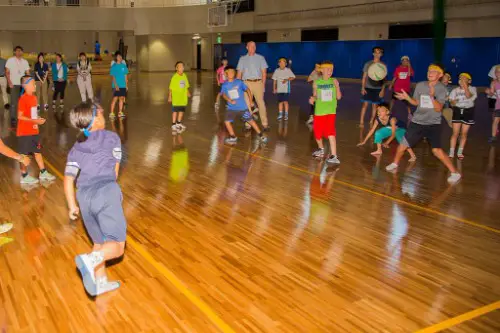
Dodgeball has been banned in several American school districts, with New York, Texas, and Massachusetts among the notable ones. The reason? It’s been called too violent and exclusionary, often turning into a popularity contest where the “stronger” kids gang up on the weaker ones. Critics also argue it promotes aggression rather than teamwork.
But ask any adult, and you’ll hear stories about the thrill of dodging that last flying ball. It wasn’t just about competition—it was strategy, speed, and pure playground chaos. Somehow, it became the poster child for “toxic” school sports. Whether the ban was necessary or just an overreaction is still up for debate.
2. Red Rover
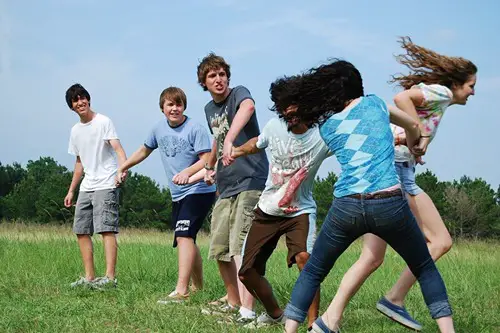
Red Rover has been banned in various schools due to—you guessed it—too many broken arms. The game involves kids linking arms and trying to physically prevent others from breaking through their line, which sounds fun… until someone slams in at full speed. Injuries became frequent, and school administrators didn’t want the liability. The game was labeled too rough for the elementary crowd.
Still, it taught more about physics and momentum than any science class. Kids didn’t see it as violence; they saw it as a thrilling challenge. The fact that it was often banned without replacing it with another group game made it feel like fun was being systematically drained from recess. Red Rover may be gone, but it lives on in scraped-knee nostalgia.
3. Tag
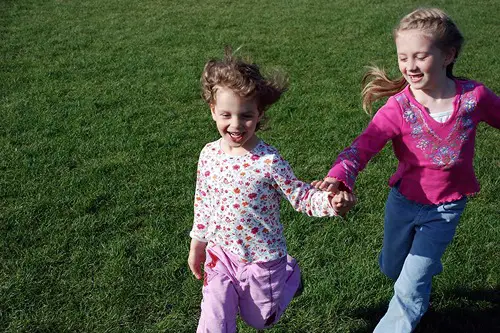
Believe it or not, tag has been banned in multiple school districts, including areas of Washington and California. The reasoning behind it is usually framed around student safety and the idea that some kids feel “targeted.” There have been cases where physical injuries or claims of bullying led to the decision. The concern is that the game can escalate into pushing or hitting.
But come on—it’s tag. It’s literally a game of “you’re it.” Banning tag feels like banning running itself, and in fact, some schools have done just that during recess. At a certain point, we have to ask: are we banning games or childhood itself?
4. Duck, Duck, Goose
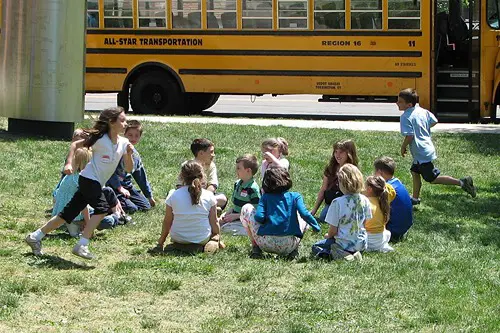
This one surprised a lot of people, but yes, Duck, Duck, Goose has been blacklisted in several American schools. The reason? Injuries from kids tripping or falling during the mad dash around the circle. Some administrators also worried about the game being emotionally exclusive—kids choosing favorites or avoiding others.
It’s wild to think that a game built entirely around giggling and mild cardio could be considered “dangerous.” But risk management departments saw it differently. Schools started swapping it out for less “intense” alternatives like seated storytelling games. It’s a small but clear sign of the growing anxiety around unstructured play.
5. Musical Chairs
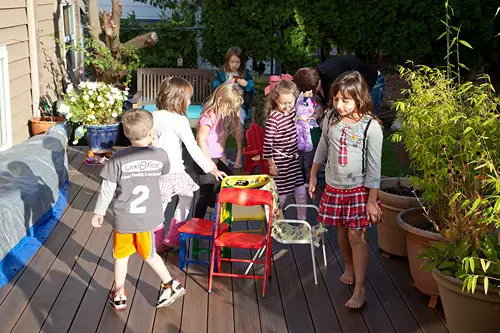
Another classic that got nixed in some places due to concerns about emotional damage. The game often ends with one child being publicly “out” in front of everyone else, which schools argue can harm self-esteem. Physical injuries have also occurred when kids push or shove for that last open chair. Administrators deemed the mix of physicality and competition too unpredictable.
To many of us, that tension was the fun. It taught you how to deal with losing and maybe even laugh about it. Now it’s lumped in with “unhealthy competitive behavior.” Apparently, even chairs are dangerous now.
6. Tug of War
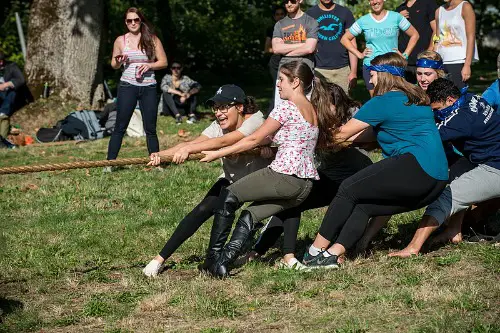
Tug of War has been banned in several districts for being “too aggressive” and physically dangerous. Kids have suffered rope burns, back injuries, and even finger amputations in extreme cases. While those incidents are rare, they’ve been enough to spook school boards. Some even say it reinforces the idea of overpowering others instead of cooperation.
But it’s also a game that taught balance, teamwork, and digging deep when things got tough. For many kids, it was the ultimate group sport—everybody pulling in sync. It wasn’t about violence; it was about effort. Still, that rope now sits coiled and unused in many gym closets.
7. Freeze Tag

Freeze Tag—yes, even this softer version of regular tag—has seen bans across multiple districts. The concern is again centered around kids feeling excluded or being left “frozen” for too long without movement. Some schools feared it discouraged inclusion and didn’t promote enough physical activity. Ironically, it’s one of the more physically mild playground games.
It’s another example of how the line between “safe” and “too safe” keeps shifting. Kids used to unfreeze each other and keep the game going without issue. Now, anything that resembles singling someone out, even for a few seconds, is flagged. In trying to protect kids, we’ve risked sterilizing the fun out of their day.
8. Simon Says
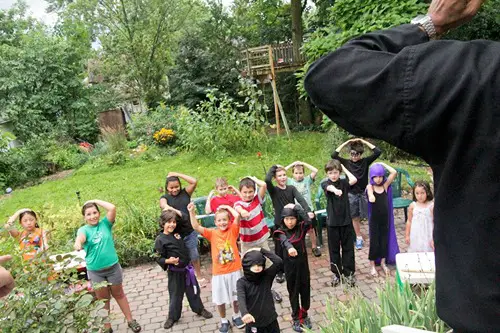
Simon Says has been pulled from classrooms and playgrounds in some districts over concerns about embarrassment and exclusion. If kids fail to follow commands, they’re “out,” and that can be upsetting, say some educators. Others argue the game can highlight slower learners or those who struggle with motor skills. As a result, schools opted for more “collaborative” games.
But part of learning is making mistakes—and laughing about them. Simon Says wasn’t about winning; it was about listening and reacting quickly. It built memory, attention, and sometimes humility. Now, it’s seen as a mental minefield instead of a simple classroom warm-up.
9. Kickball
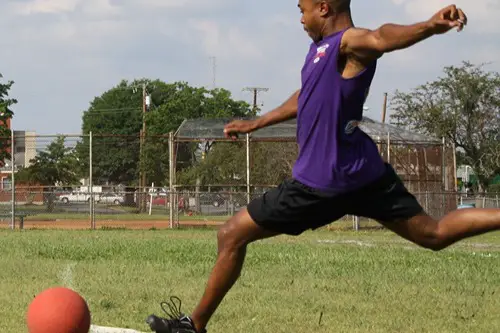
Kickball has been banned or heavily restricted in some schools due to injuries and perceived bullying. Schools argue that the competitive nature of the game can alienate less athletic kids. There have even been claims that picking teams turns into a social hierarchy issue. That combination of physical risk and emotional exclusion led to it being sidelined.
But for many kids, kickball was the only sport where they felt confident. You didn’t need a glove or years of practice—just a strong leg and a good aim. It was democratic in a way that few other sports were. Banning it removed one of the few places some kids got to shine.
10. Capture the Flag
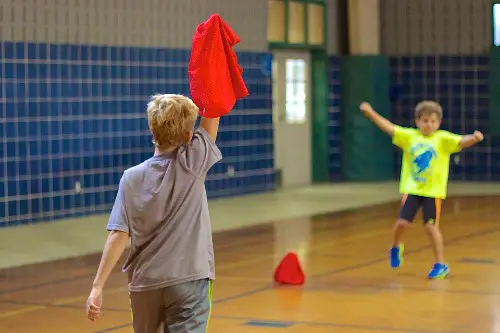
Capture the Flag got the axe in some districts due to rough physical contact and the vast areas it often required. Teachers reported kids running into fences, tripping, and even disappearing from the line of sight. The game’s intensity, combined with minimal supervision, led to safety concerns. Some administrators also worried about kids forming exclusive cliques.
Yet few games did more to teach strategy and teamwork. You had to think, move fast, and trust your teammates. It turned recess into a mini battle of wits and speed. Losing that game meant losing a whole playground culture.
11. Monkey Bars

Alright, not exactly a game—but the activities on monkey bars were definitely part of playground play. These were banned or removed altogether from many playgrounds due to an increase in falls and broken bones. Insurance companies flagged them as high-risk, and school budgets couldn’t absorb the potential liability. So out they went.
But the monkey bars were like a rite of passage. Reaching the end without falling was a huge deal for little arms and determination. They challenged balance, grip strength, and confidence. Now they’re a relic of a braver time in playground history.
12. King of the Hill
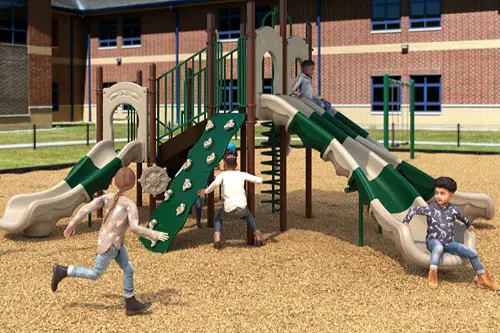
King of the Hill was one of the first to get banned—and for reasons that actually kind of make sense. The game, which involves pushing others off a raised surface, is basically asking for bruises and broken pride. It was often played without adult supervision, and injuries were common. Schools quickly saw it as a lawsuit waiting to happen.
Still, it had its own gritty appeal. It was physical, sure, but it also taught you when to fight and when to give up the hill. Banning it felt like the start of the end for a lot of rough-and-tumble fun. These days, the only hill kids conquer is metaphorical.
13. Hopscotch
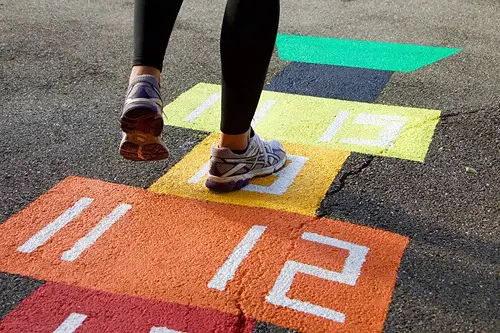
Hopscotch might seem harmless, but some schools have banned it due to concerns about tripping hazards and playground congestion. Administrators argued that chalked paths cluttered walkways and led to kids colliding. There were also worries about uneven pavement causing twisted ankles or scraped knees. Even the act of tossing a rock became a “projectile risk” in certain districts.
But to generations of kids, hopscotch was a calming, almost meditative break from rowdier games. It was quiet, rhythmic, and accessible—requiring nothing more than chalk and a stone. Mastering a full board felt like winning your own private game show. Now, with fewer kids drawing chalk squares, recess feels just a bit less colorful.
14. Marbles

Marbles used to be a playground staple, with kids carrying their prized collections in drawstring bags or old lunchboxes. But the game has been banned in many schools due to choking hazards and concerns over kids gambling their marbles away. Some schools felt the competitive nature of “winner takes all” marbles play encouraged possessiveness or disputes. The small size of the marbles also raised safety alarms when younger kids were nearby.
Despite that, marbles taught hand-eye coordination and patience like few other games could. There was pride in learning how to shoot just right or land a perfect hit. Trading and collecting added a whole other layer of fun. But now, marbles are more likely to be museum pieces than recess gear.
15. Jump Rope Rhymes
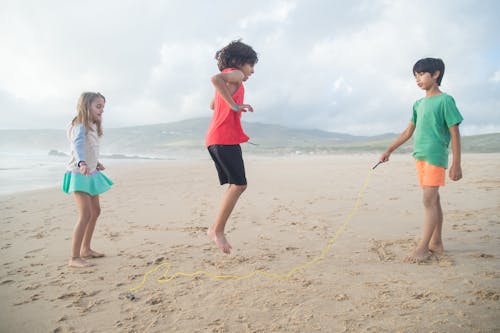
While jump rope itself is usually allowed, the classic rhyming games that went with it have been banned in some schools. The lyrics—passed down through generations—sometimes included language that administrators considered inappropriate or culturally insensitive. Others worried that kids were using the rhymes to tease or single each other out. So rather than teaching better alternatives, some schools opted to shut the whole thing down.
But those rhymes were part of childhood folklore—silly, clever, and endlessly adaptable. They helped kids develop rhythm, memory, and a sense of group play. Jump rope wasn’t just cardio; it was creativity in motion. Now, silent skipping feels like a sanitized version of a once-vibrant tradition.
16. Hide and Seek

Yes, even hide and seek has been banned in multiple schools due to safety and supervision concerns. The issue isn’t the game itself, but the potential for kids to hide in off-limits or unsafe areas. There were reports of children disappearing for extended periods or hiding in places like janitor closets or storage sheds. Administrators claimed it was too difficult to monitor, especially during large recess periods.
But hide and seek wasn’t about disappearing—it was about the thrill of almost being found. It gave kids a sense of mystery, suspense, and strategy. Replacing it with more visible, “structured” games may reduce risk, but it also reduces imagination. It’s like banning peekaboo for being too intense.
17. Sardines
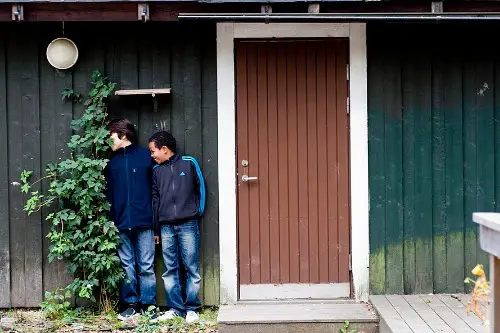
Sardines, the reverse version of hide and seek, got banned for similar reasons—mostly related to supervision and safety. In this game, one kid hides while everyone else tries to find them, joining them in the hiding spot until everyone’s squished together. School officials worried about kids cramming into unsafe or unsanitary places. There were even concerns about potential bullying if certain kids were consistently left to hide alone.
Yet sardines was pure magic when played right. It combined camaraderie, teamwork, and shared excitement in a way few games could. Huddling in silence with your friends, trying not to giggle, created memories that stuck. But now, it’s been replaced by games where no one’s allowed to vanish—even for fun.
18. Four Square
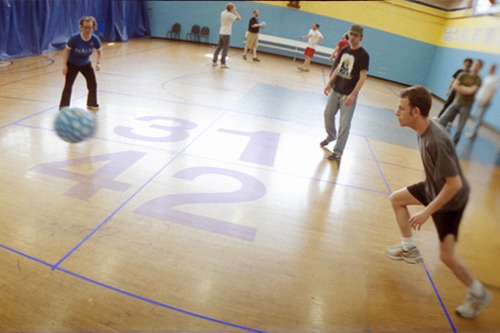
Four Square was once a daily ritual on blacktops everywhere, but some schools started banning it over disagreements and rule confusion. With so many variations and “house rules,” arguments between players would sometimes escalate into shouting matches or worse. Teachers grew tired of being referees and opted to eliminate the game entirely. Some districts even cited issues with the competitiveness creating exclusionary dynamics.
Still, Four Square was one of the few games that truly blended skill and spontaneity. It required fast reflexes, clever shots, and diplomacy when negotiating rules mid-game. Every schoolyard had its own culture of play, which made it even more fun. Taking it away felt like flattening a game that thrived on creativity and chaos.
19. British Bulldog
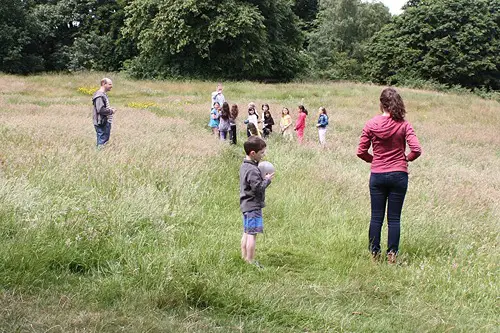
British Bulldog has been banned in many schools in both the U.S. and U.K. for its high contact and injury risk. The game involves one or more “bulldogs” trying to tackle others running across a field, which quickly escalates into a full-on wrestling match. Kids have suffered broken bones, bloody noses, and bruised egos, leading administrators to cut it entirely. It was one of the first “old-school” games to vanish as playground rules tightened.
But for kids who played it, the rush was unmatched. It tested bravery, agility, and timing like no other game. Getting across that field unscathed felt like winning a war. For better or worse, British Bulldog was chaos incarnate—and that’s exactly why kids loved it.
20. Shadow Tag
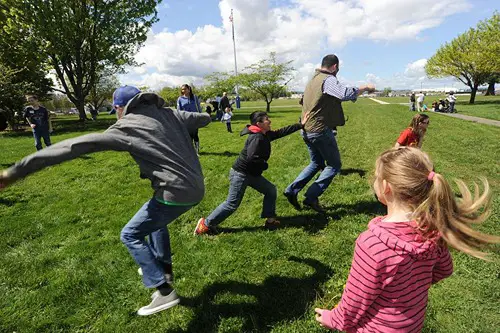
Shadow Tag, a more imaginative version of regular tag, has surprisingly found itself on the banned list in some schools. In this version, you tag someone’s shadow rather than their body, which might seem like a safer alternative. But teachers cited confusion about whether a tag was “real,” leading to more disputes and disruptions. Others argued it led to chasing games where supervision was harder, and safety lines were blurred.
Ironically, shadow tag required more awareness and precision than normal tag. You had to consider light angles, timing, and how your shadow moved. It was like science class and PE rolled into one, minus the lecture. Banning it just proved that even our shadows aren’t safe at recess anymore.
This post 20 Playground Games That Got Banned for Reasons No One Can Properly Explain was first published on American Charm.


